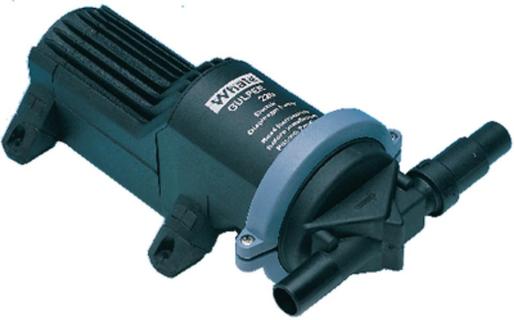That Sinking Feeling: Little Slips (could) Sink Ships
That Sinking Feeling
Little Slips Sink Ships - or Could
“From the CCA School of Hard Rocks
...lessons learned in pursuit of the Art of Seamanship”
By Dennis Powers, Essex Station
|
Quest shown with the water on the outside. |
Prior to starting the 2009 Block Island Race on Friday afternoon, we sponged Quest’s (my Cambria 40 centerboard cutter) bilges dry and started racing at 1420. Around 1800 while reaching with A-sail on the starboard tack, we noticed a little water collecting below the galley stove and sponged it up. About 30 minutes later we were startled to see about 6 inches of water all along the low side from the galley forward along the settee berth and the floorboards were beginning to float. We removed them, turned on two electric pumps, and began bailing with two buckets, which allowed two of us to just keep even with the water, while two others shut all thru hulls and the two remaining crew continued racing. Unable to stem the flow, we told the racing crew to bear off and level the boat while we kept bailing. Seeing water coming into the boat via the bilge pump, we finally discovered the problem. The discharge hose from the Rule bilge pump had created a siphon, and when the boat heeled over, it was flooding the boat. We disconnected the hose, inserted a bung, and then applied tape to make sure the bung stayed in place. We then resumed racing but now had no automatic bilge pump, since the Rule was now out of commission and the Whale Gulper 220 electric diaphragm pump would only work on manual, indicating a faulty float switch.
|
Quest’s cabin, sans water. |
Given the amount of water taken aboard, the lee bunk (mine) was soaked as well as the Jabsco Sensor Mat pressure fresh water pump, pressure regulator, and on/off switch. So we now had no pressure fresh water and assumed that the electrical connections had gotten wet, so opened everything up in hopes it would dry out and continue working. The next day the pump worked but would not shut off, so we killed it on the panel. We also noticed the pressure was much stronger than normal, suggesting problems with the pressure regulator.
Based on all of this, we pieced together what must have happened:
- U-bends on the exit side of the bilge pump were flattened over the winter while work on the steering system was being done by the yard. Failed to spot this prior to launching in late April.
- Back siphon through Rule bilge pump starts, and flooding begins, filling the lee-side with seawater (we tasted it to make sure it was not potable).
- Saltwater shorted out the fresh water pressure pump, which then had trouble regulating the pressure and shutting itself off.
- The fresh water pressure spiked well above normal, blew out a plastic fitting connecting the water line from the pump to the galley, and allowed the fresh water tank to empty into the bilge.
- The high pressure blew the pressure relief valve on the hot water tank, spraying water all over the engine compartment.
Lessons learned:
- As part of commissioning prior to launching, check everything the yard touched prior to going to sea.
- Do not assume the yard has completed the work list.
- Complete a shakedown sail after launching before racing or leaving on a passage.
The Cruising Club of America is a collection of passionate, seriously accomplished, ocean sailors making adventurous use of the seas. All members have extensive offshore boat handling, seamanship, and command experience honed over many years. “School of Hard Rocks” stories, published by the CCA Safety and Seamanship Committee, are intended to advance seamanship and help skippers promote a Culture of Safety aboard their vessels







